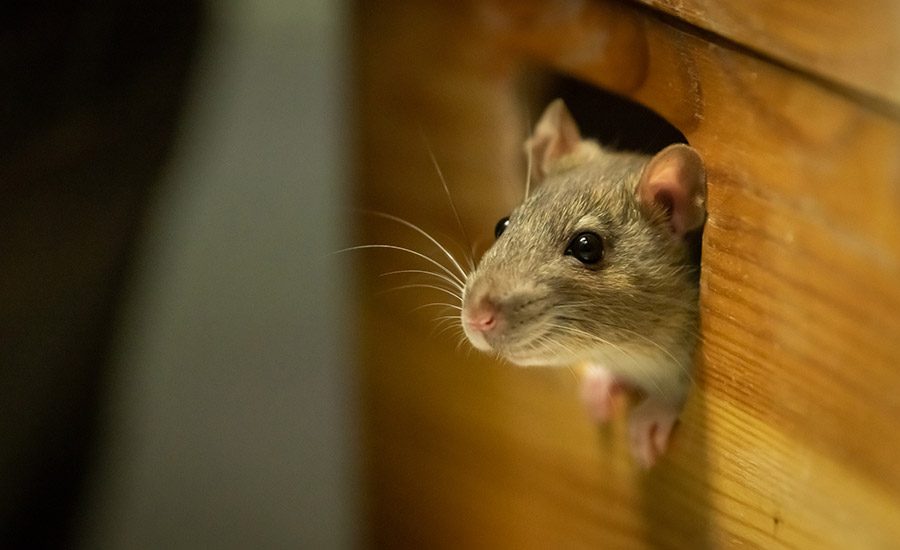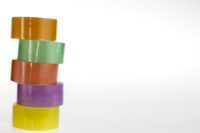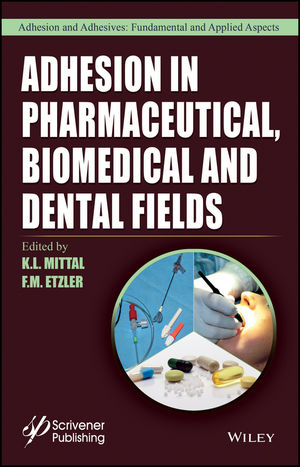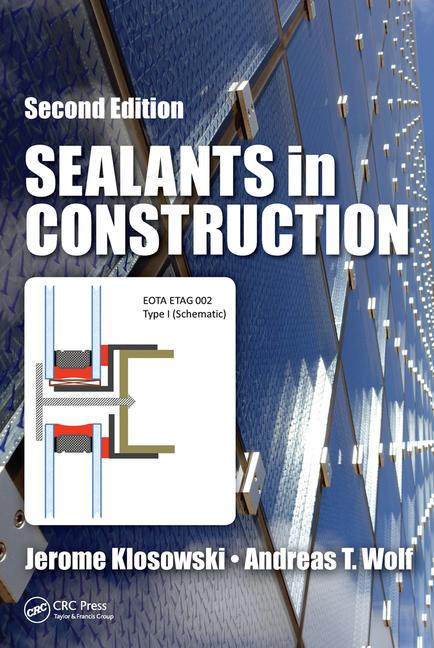H.B. Fuller: Leader in Innovation
The company’s emphasis on innovation was again recognized by the Adhesive and Sealant Council (ASC) when H.B. Fuller received the ASC's 2024 Innovation Award.

Portra / E+ via Getty Images
H.B. Fuller had a busy year in 2023, making a total of six acquisitions across several markets and geographies. The company’s emphasis on innovation was again recognized by the Adhesive and Sealant Council (ASC) when the company received the 2024 Innovation Award at the ASC’s Annual Convention and EXPO. This award followed 2023, when H.B. Fuller was recognized with the same award for its EV Protect 4006 encapsulant for lithium-ion batteries. ASI reached out to Lee Polance, VP, Global Technology, Engineering Adhesives, at H.B. Fuller to discuss the company’s growth, its sustainability goals, and how innovation and sustainability play central roles in the company’s strategy.
 ASI: H.B. Fuller made a number of acquisitions in 2023. Can you outline how they align with your business strategy?
ASI: H.B. Fuller made a number of acquisitions in 2023. Can you outline how they align with your business strategy?
Lee Polance: Over the past 15 years, H.B. Fuller has successfully transformed its portfolio to focus on higher margin, specialized applications. Key to this portfolio management strategy are targeted acquisitions, which fuel growth, expand our network and market share, bring in new talent and technology, provide a framework to optimize production efficiency, expand distribution platform, and leverage our buying scale. In fiscal 2023, we successfully executed this strategy by acquiring six businesses across several geographies and markets. Recently, we announced another strategic investment, ND Industries, which will expand the service and product offering of our Engineering Adhesives global business unit. These acquisitions are expected to accelerate difference-making innovation, more sustainable solutions, and the realization of H.B. Fuller’s top growth priorities in focus end-markets, consistent with the company’s strategy to proactively drive capital allocation to the highest margin, and highest growth market segments within the functional coatings, adhesives, sealants and elastomer (CASE) industry.
ASI: What are H.B. Fuller’s sustainability goals?
Polance: At H.B. Fuller, sustainability is fundamental to who we are and a source of innovation and competitive advantage. We are committed to thoughtfully considering the impact of our operations, people, and products on the environment, the communities where we live and work, and our stakeholders around the world. By 2025, H.B. Fuller expects to reduce energy and greenhouse gas (GHG) emissions intensity by 20% and waste and water intensity by 10% compared to the base year 2014. We calculate the four key sustainability metrics with the highest degree of specificity, while remaining willing to adjust as needed. These metrics help ensure we are embedding sustainability into everything we do -- our values, culture, and processes. Earlier this year, we also committed to set near-term company-wide reduction targets for our Scope 1, 2 and 3 GHG emissions, in line with Science Based Target Initiative’s (SBTi) standards. It is important to note that H.B. Fuller’s reach goes far beyond our own operations. Our commitment to meeting demand for greener, cleaner, safer products underpins our innovation framework. We anticipate market needs, bring together capabilities across our organization, and work closely with our customers to develop and deliver formulations at scale that help manufacturers achieve their own sustainability goals. We have just released our sustainability report, which provides an in-depth look at our progress.
ASI: What role does innovation play in your sustainability strategy?
Polance: Our adhesive solutions are at the heart of our sustainability efforts. We innovate to support our customers' sustainability goals, reduce the environmental impact of our products, and contribute to greater circularity across many industries. Our results speak for themselves. Today, nearly 60% of H.B. Fuller’s new product development is focused on increasing the sustainability of our customers’ end products. For instance, we are working on reducing the amount of coat weight of adhesives by using less material. This reduces waste and the environmental impact of production and transportation of the materials. As we launch more technologies that require lower application temperatures, we are also reducing the carbon footprint associated with heating and applying adhesives. Also, we announced early this year that our Luneburg and Nienburg sites in Germany received the International Sustainability and Carbon Certification (ISCC) PLUS certification. And we continue our focus to automate and standardize our manufacturing and application processes to reduce waste and energy use. These are just a few examples.
ASI: In the past few years, H.B. Fuller’s innovations have been recognized by the Adhesive and Sealant Council (ASC), receiving the ASC’s Innovation Award in 2023 and 2024, and the First Runner Up award in 2022. Can you give us additional details about the technologies receiving these awards?
Polance: We are very proud of our talented teams and winning developments. For the second year in a row, H.B. Fuller was crowned the recipient of the 2024 Innovation Award by the Adhesive and Sealant Council (ASC). Our team of innovators developed a thermoplastic encapsulant for photovoltaic solar modules, known as TPx. This encapsulant technology lowers LCOE, offers advanced stability and longevity required for solar modules, and more. In 2023, ASC awarded H.B. Fuller EV Protect 4006, a lightweight encapsulant for lithium-ion batteries used in the production of electric vehicles (EVs) and battery storage banks. EV Protect is a groundbreaking innovation that, when exposed to a thermal event, significantly reduces, or delays, thermal propagation, improving the safety of EV battery systems. We were also the First Runner Up in 2022 for our patented low monomer/emission reactive hot-melt adhesive, which converts conventional reactive hot melts to their low-monomer counterpart. This portfolio is free from hazardous labeling and supports safe and non-hazardous workplace conditions. It can also be used without changes to processes or application equipment in many industries, like woodworking, automotive, graphic arts, and electronics. There are many examples where innovation in adhesives makes a positive impact in product performance, safety, and industry circularity.
ASI: Looking to the future, what are the trends within the adhesive and sealant industry and how is your company responding to those trends?
Polance: The adhesive and sealant industry's evolution is a reflection of broader trends in hygiene, packaging, construction, electronics, and automotive industries. The work we do alongside our customers to test new ideas, optimize bonding performance in use, and develop highly tailored, advanced solutions is critical to address the challenges faced by our customers and their markets. Recently, we recognized Anhui Huasun, GAF, and Niine for their exceptional world-changing innovations using adhesive technology. The shift towards more sustainable, high-performance materials and processes is also driven by both regulatory changes and consumer preferences. Here's a closer look at some key drivers of change in our industry:
- Sustainability and Eco-friendly Products: We are investing in R&D to create bio-based, compostable adhesives, seeking new eco-friendly materials, reducing VOC emissions and hazardous chemicals in formulations, and enhancing manufacturing energy efficiency.
- High Performance Materials: We are enhancing our products' strength, durability, and flexibility for extreme conditions across various industries supported by advanced materials and formulation know-how.
- Lightweighting: We are developing strong, lightweight adhesives to facilitate the use of lighter materials, thus improving fuel efficiency and reducing emissions in particular market segments like automotive and aerospace.
- Clean Energy: We are developing solutions that support the durability and efficiency of renewable energy systems, such as solar panels and EV batteries, to contribute to more sustainable energy sources.
Additional information about H.B. Fuller is available at www.hbfuller.com.
Looking for a reprint of this article?
From high-res PDFs to custom plaques, order your copy today!






.jpg?height=200&t=1704834340&width=200)


